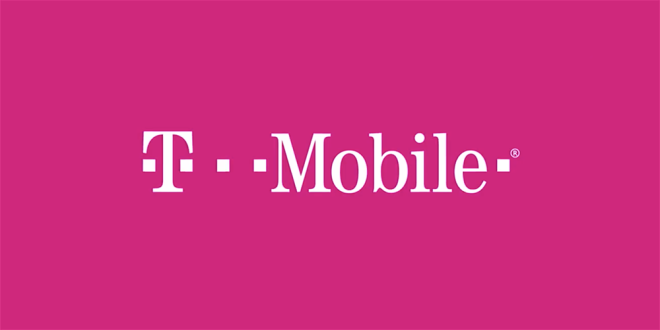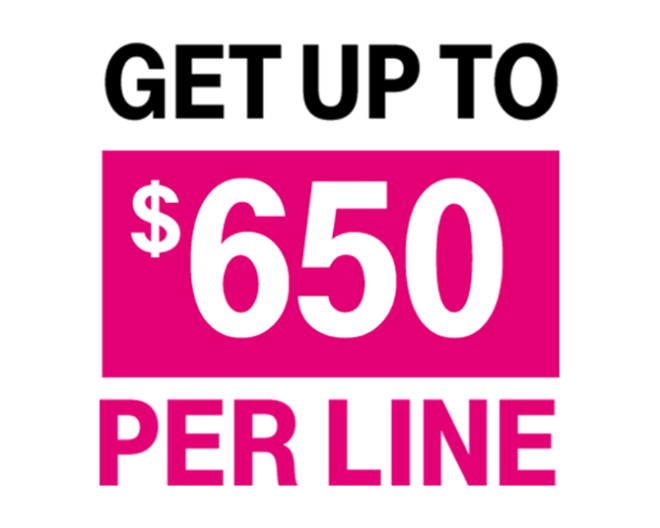Advertising group recommends T-Mobile make ‘Ditch and Switch’ campaign more clear

Last year, the National Advertising Division recommended that T-Mobile discontinue some of the claims it was making in its “Ditch and Switch” ad campaign. T-Mobile appealed the decision to the National Advertising Review Board, another unit of the advertising industry’s self-regulatory system, and now the NARB’s decision has come out.
The National Advertising Review Board has recommended to T-Mobile that they better explain to consumers the terms of their “Ditch and Switch” campaign.
First, the NARB recommends that T-Mobile be clearly disclose in the body of the ad how it “pays off” a switcher’s phone. Some folks might think that T-Mo would directly pay their former carrier, for example. To avoid confusion, the NARB recommends that T-Mobile should clearly explain that it “pays off” switchers with trade-in credit and a prepaid card.
It was also suggested that T-Mo make clear that the credit can only be used to pay for things at T-Mobile and that they explain the time it’ll take for the consumer to get their trade-in credit and prepaid card.

Then there’s the part of T-Mobile’s campaign that says that they will pay “up to $650” of a customer’s switcher fees. A majority of the NARB panel determined that the “up to $650” message conveyed that that was the most that T-Mo would pay to a switcher’s former carrier. “However, the record indicated that T-Mobile does not impose any limits on the amount that it will reimburse for what is owed to a previous carrier for the consumer’s phone,” the NARB said.
The NARB panel agreed that any limit on what T-Mobile will pay to a switcher’s former carrier must be accurately disclosed, so they recommended that the “up to $650” part of T-Mobile’s claims be tweaked or discontinued so that any limits as to what T-Mo will pay are clearly explained.
T-Mobile responded to the NARB by thanking the panel and saying that it would take their “recommendations into account in formulating its future advertising.”
It’s important to note that with these recommendations, the NARB isn’t going after T-Mobile legally or anything like that. The purpose of the NARB is to self-regulate and avoid litigation. With these recommendations, the NARB is suggesting ways for T-Mobile to make its advertising more clear so that it doesn’t run into bigger problems with its advertising in the future. Now T-Mobile can take what the NARB said and use it to ensure that its future advertising is more clear.
You can read the NARB’s full recommendation letter to T-Mobile right here.
Via: Consumerist
Source: NARB
